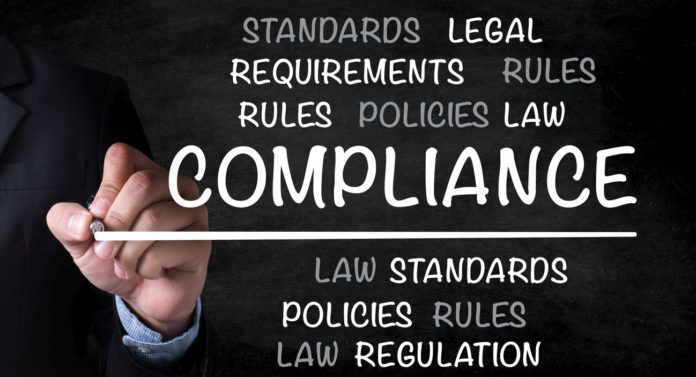Legal and Compliance are used as substitutes many times to define a similar domain. However, there is a small difference that we need to understand. In this post, we would see what is the difference between legal and compliance with regulations.
What are Legal Requirements?
Legal requirements is a very broad term, explain 20 Bet experts. It entails many areas from statutory to contractual obligations, ranging from supervisory rules to individual stipulations with Clients.
A legal advisor manages everything from a needle to a haystack from contracts to legal obligations to prosecution to the defense. However, the critical difference between a legal advisor and a compliance professional is when it comes to protection. Since an entity/corporation is considered a legal person by definition, lawyers’ loyalties lie with the corporation.
They are there to protect the corporation at any or all cost. So in a time of a lawsuit, they would not mind throwing any person under the bus to protect the company. Secondly, their job is not to unearth skeletons in the closet like the compliance professional (a crucial difference). There has been law suite against attorneys, working for financial institutions, who have promised representation to individuals, but, worked for the benefit of the corporation. The courts have held that attorneys should make it clear to the parties that they cannot represent individuals.
What is Compliance?
As the word explains it needs to comply with policies, procedures laws, and regulations. The compliance officer role has grown in recent years to encompass managing all the elements such as laws, regulations, policies, and procedures while keeping in mind any legal implications. Most of the regulators hold Compliance professionals’ responsibilities to go beyond and maintain an ‘ethical culture’ and when a problem occurs a compliance profession would unearth all the skeletons in the closet irrespective of the person from a junior level to the c-suite. There have been cases where Compliance officers have been prosecuted for either siding with the management or not being able to perform their job with utmost effect.
Difference between Legal and Compliance?
In short, in compliance, the department works on following the law, and the legal department works if there is any breach of the law, regulation, or restriction either by internal forces or external forces.
What are Regulatory Requirements?
Regulatory requirements are normally understood as the subset of legal requirements that is banking or securities regulation-driven, thus excluding things in the private law space or any other legal implications (e.g. general labor regulations, work safety, etc, although these are technically regulatory requirements as well). This has a lot of elements from a compliance angle as well as a legal perspective. However, nowadays Compliance officers would inherently have 40–50% of their program having regulatory aspects.
Difference Between Laws and Regulations
Laws and regulations are rules. But, they differ in how they come into existence. The difference between laws and regulations is:
Laws are enacted by a governing body, in the U.S. an elected governing body is termed Congress. In India, the elected council is called Loksabha. Similar elected bodies enact laws in other countries.
Enacted laws are enforceable in court. GDPR in Europe and FATCA in the United States are recently passed laws. Similarly, in India, recently passed The Fugitive Economic Offenders Act is a classic example of the law.
Regulators or the regulatory agencies lay down the laws. Correspondingly, agency-made laws are called regulations. Just like enacted laws, regulator-made laws, and regulations, are enforceable in court. In India, some of the major regulators are the Securities Exchange Board of India (SEBI), the Institute of Chartered Accountants of India (ICAI), and the Reserve Bank of India (RBI).
Similarities Between Laws and Regulations
Interestingly, enacted laws and regulator-made laws, are similar in that they state legal requirements and are enforceable in court. However, Regulations have limitations.
- An agency can create regulations only if an enacted law authorizes it to do so.
- A law authorizing an agency to make regulations is called a “Rules Enabling Statute.”
- A statute is an enacted law that has been given a number and published in an official book of statutes or is codified.
- An agency can create regulations only to implement or enforce the enacted law.
In contrast to regulations, guidelines are not laws and are not in themselves enforceable in court. Similarly, standards, which are collective works setting forth specifications and methods for achieving them, by organizations having interest and expertise in the subject area, are not in themselves, legally enforceable.
Sometimes, however, a standard is “incorporated by reference” into an enacted law or regulation thereby making that standard a part of the law.


